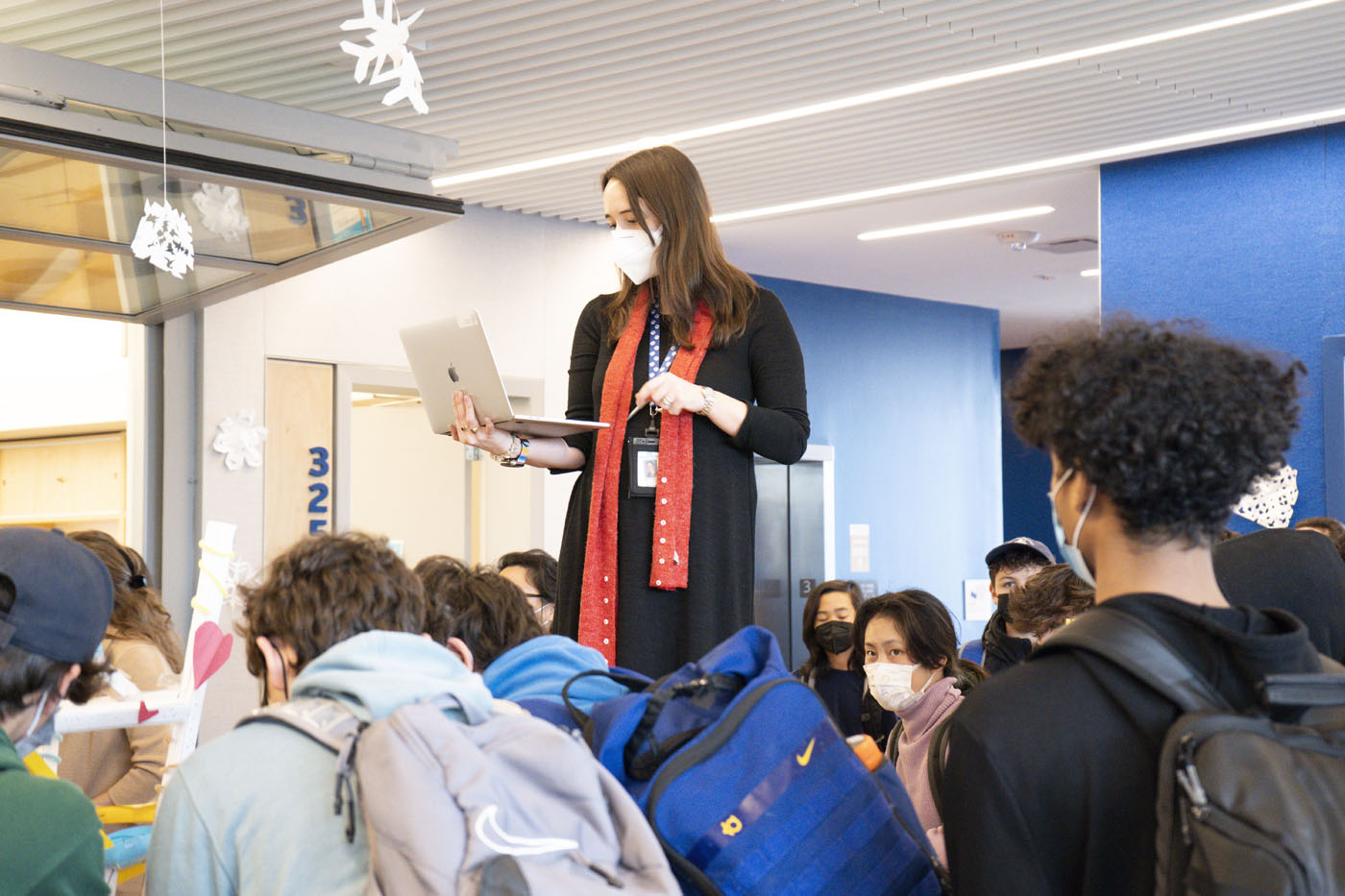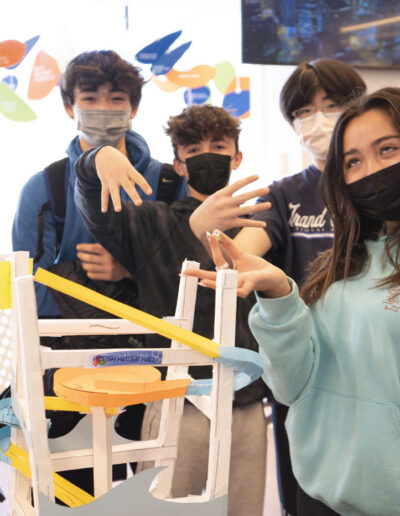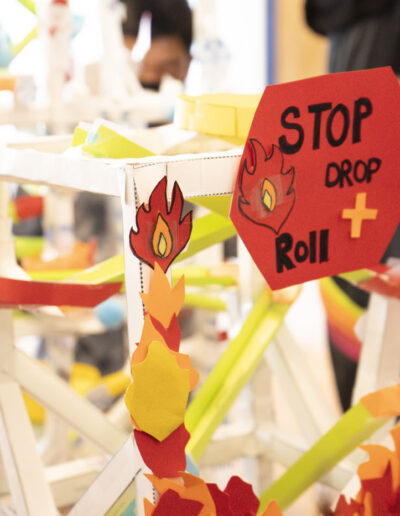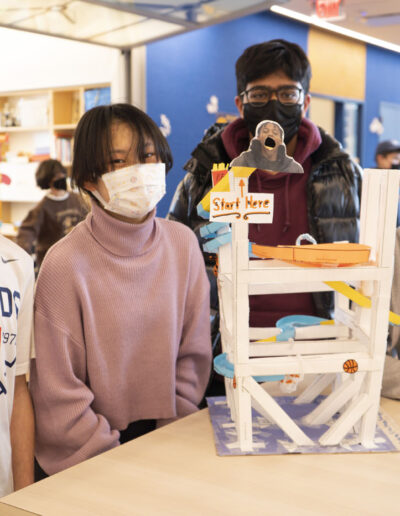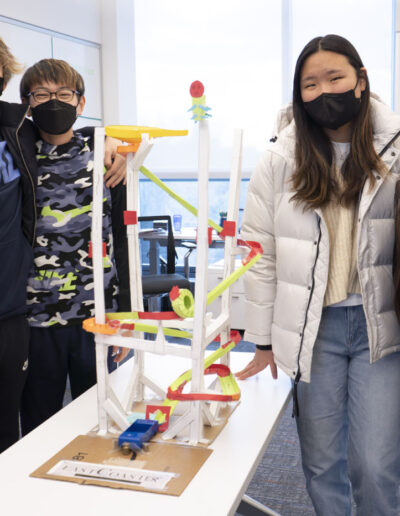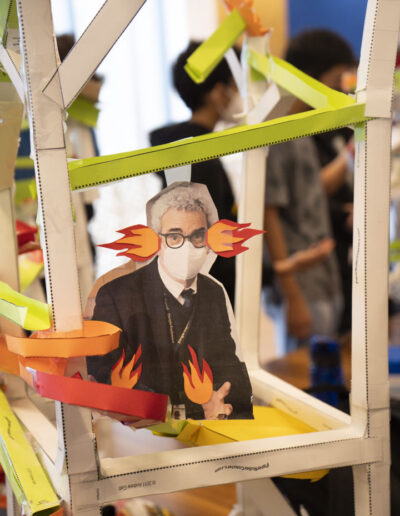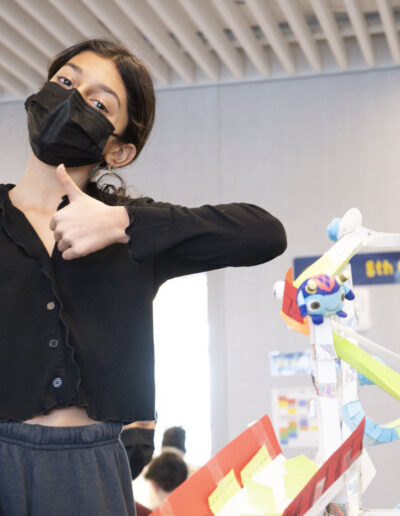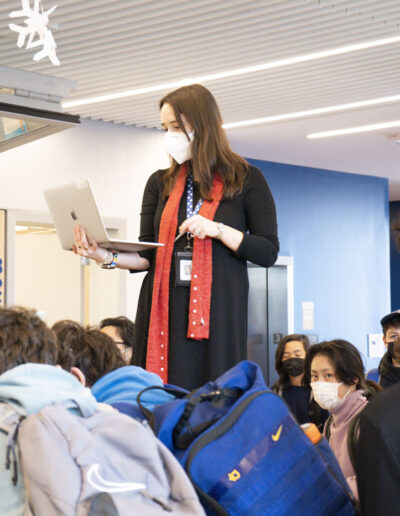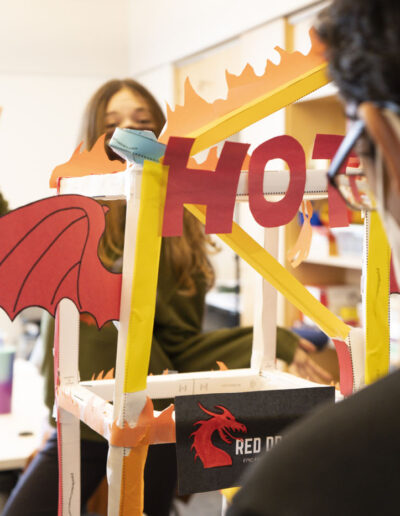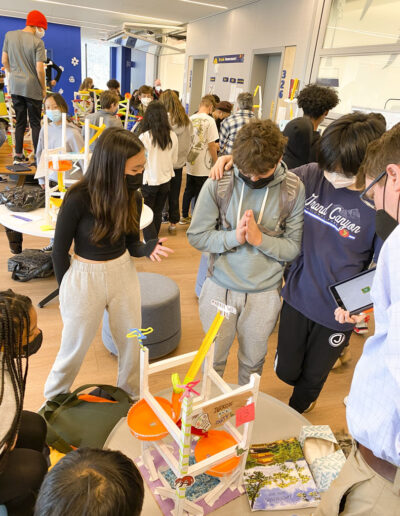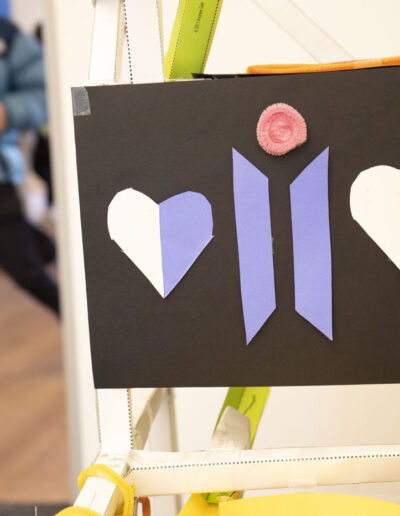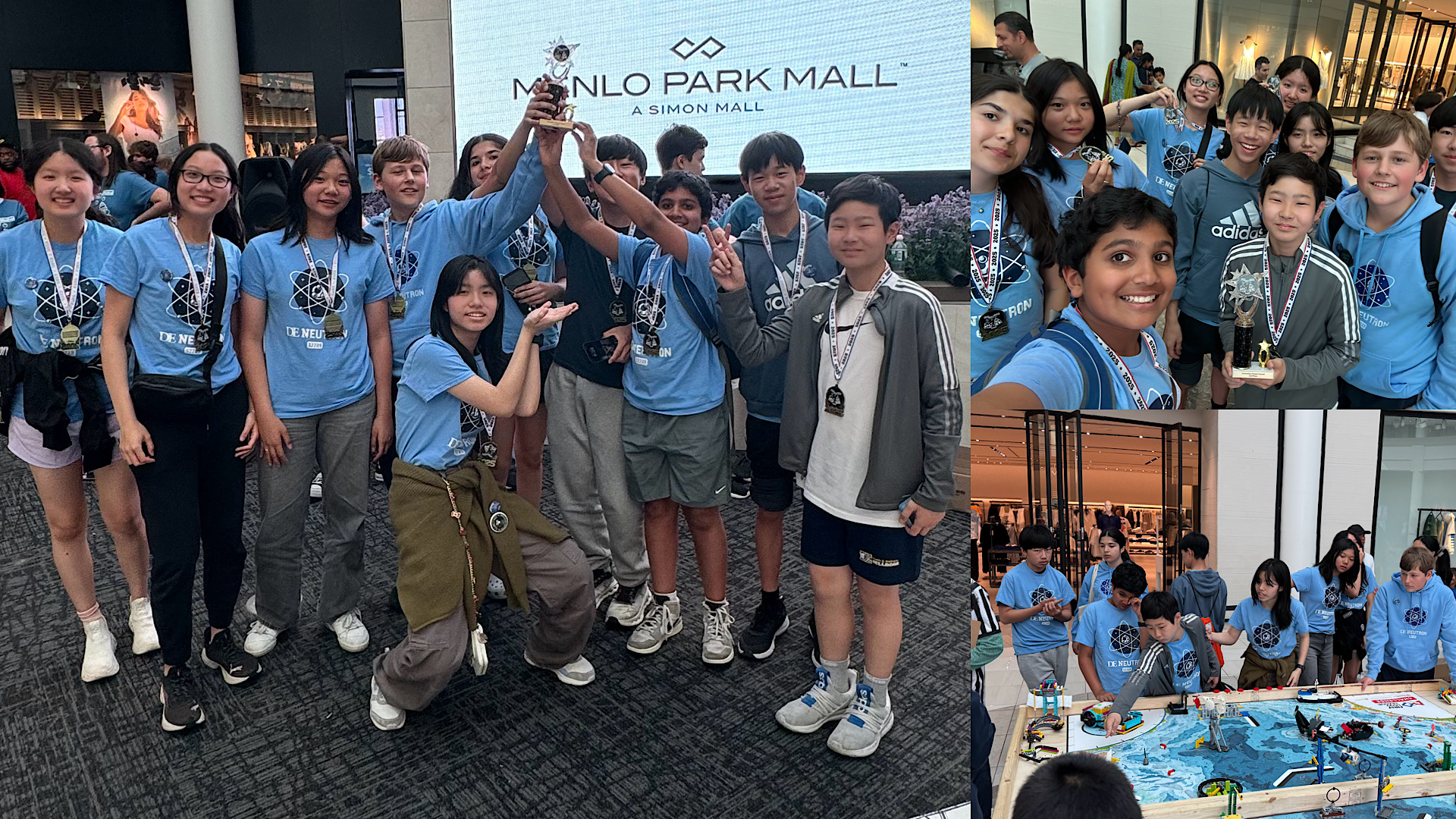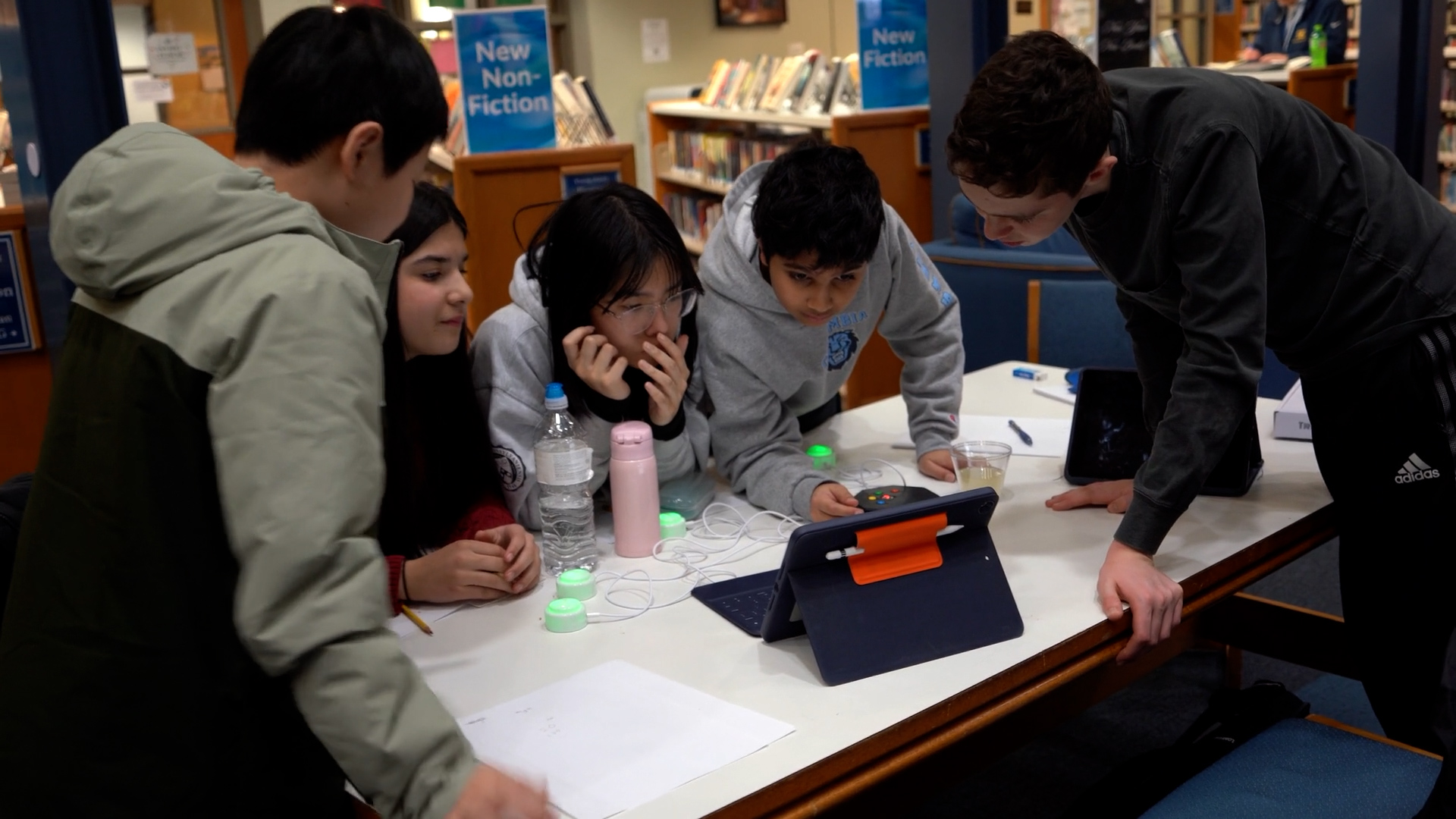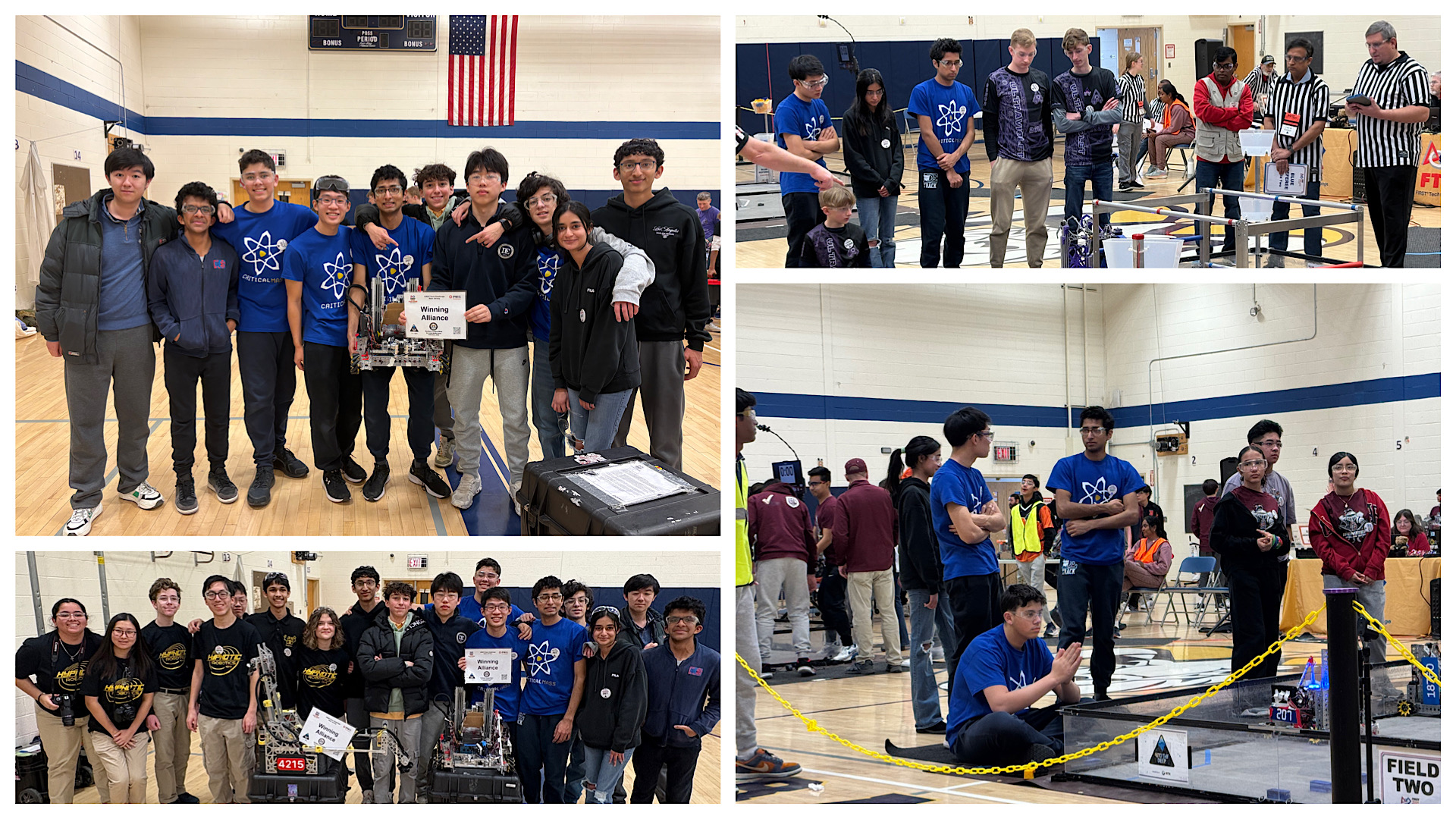Middle School Principal Jonathan Davis understands that adolescence is hard. He noted that, “No one wrote a book called ‘Middle School: The Best Years of my Life,’ ” Our culture’s associations with middle school are often flooded by memories of embarrassment and awkwardness. However, what we tend to forget are the moments of exploration, connection, and risk-taking that come with those memories.”
At its core, Middle School is about planting seeds, and Davis, along with the MS faculty and staff, are building a different kind of garden.
“I asked the teachers, what makes a D-E Middle School teacher? We came up with 25 traits and narrowed them down to four things. First, we’re student-centered. Second, we’re about process over product. Finally, we are collaborative and engaging. Even when we do hiring, this is what we’re looking for. What I love about middle school is the consequences are lower, but the opportunity for growth is greater.”
Housed in the newest building on-campus by internationally-renowned architecture firm Gensler, the Middle School’s golden rule of “form follows function” is apparent. With an ample “front porch” on every floor for project-based learning, a maker space, and a teaching kitchen, Middle School faculty and students can look forward to utilizing the facility’s full potential. Already, Tasha Urbanowski, Grade 6 Dean, has leveraged the kitchen’s innovative set-up for D.I.G. (“D-E In the Garden”), her gardening and cooking elective. Grade 7 Dean James Aitken and Grade 8 Dean Junior De La Hoz Sr., teach “Cars, Trucks, & Things That Go”, integrating design, engineering, and woodworking to custom-build miniature racecars.
Since Davis’s arrival in 2018, he has yet to host a back-to-school night in the building due to the pandemic. Having seen what community events can look like with the 6th grade’s “Egypt Day” and the 8th grade’s “Rollercoaster Expo,” he is excited to bring the community together. Students can look forward to many exciting projects as part of the curriculum. Project-based learning provides students the opportunity to collaborate with each other and across disciplines. Similarly, he encourages faculty to experiment and try new things. In his own words:
“My whole thought process is to have an innovation lab of ideas. We should all try things that don’t quite work out the way we want them to. Teachers are constantly revising questions like: “How can we integrate math and history? How do we incorporate data and graphs to look at the past? I’m constantly reminded by middle schoolers’ capacity to make connections.”
Fostering confidence for big ideas and leadership during middle school promotes lifelong learning. In that lifelong journey, how their middle school education shapes their adult lives may not be apparent until after they graduate D-E. However, that is the pedagogical work—to provide opportunity and space to try on different hats and roles. At the same time, the love for learning can be crystal clear. Students who take Physical Computing as a discovery class in 8th grade often join the US Robotics teams or continue their interest in STEM.
As students move up from middle school, Davis hopes that, “eighth graders would know themselves a little bit better and to be comfortable with not having a totally fleshed out plan. We’re a very product-driven country. When the Superbowl ends, we cut to the winners. We don’t focus on the second-place team and that valuable journey it takes to get there. I hope that middle school students internalize that process of growth.”

